Does more energy use increase life expectancy?
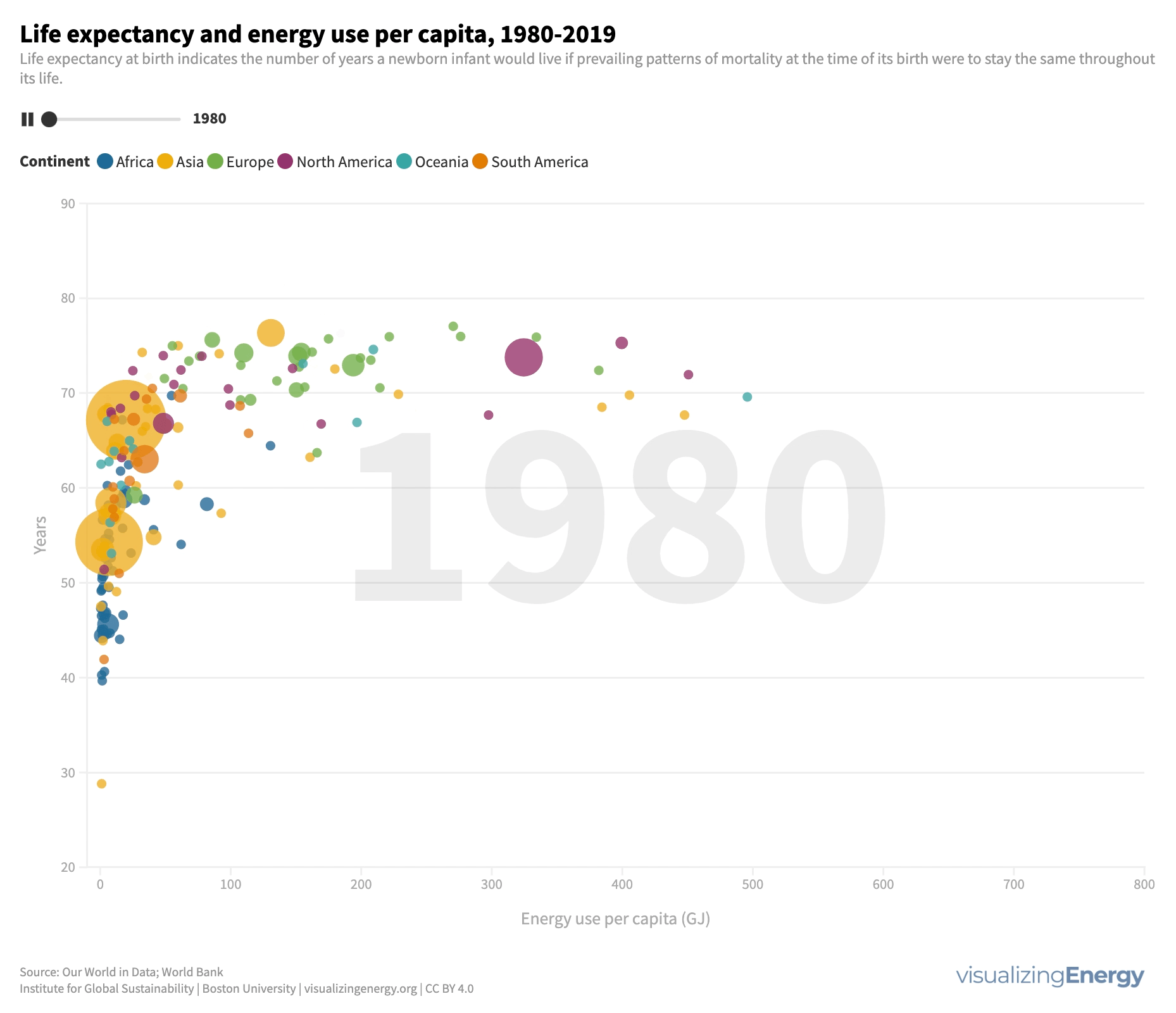
Energy use influences life expectancy. Access to energy services improves well-being and extends lifespan, while deprivation has the opposite effect. Modest energy increases positively impact longevity, especially in low-energy regions. However, beyond a certain point, additional energy use has diminishing returns for life expectancy.
Does population growth drive energy use?
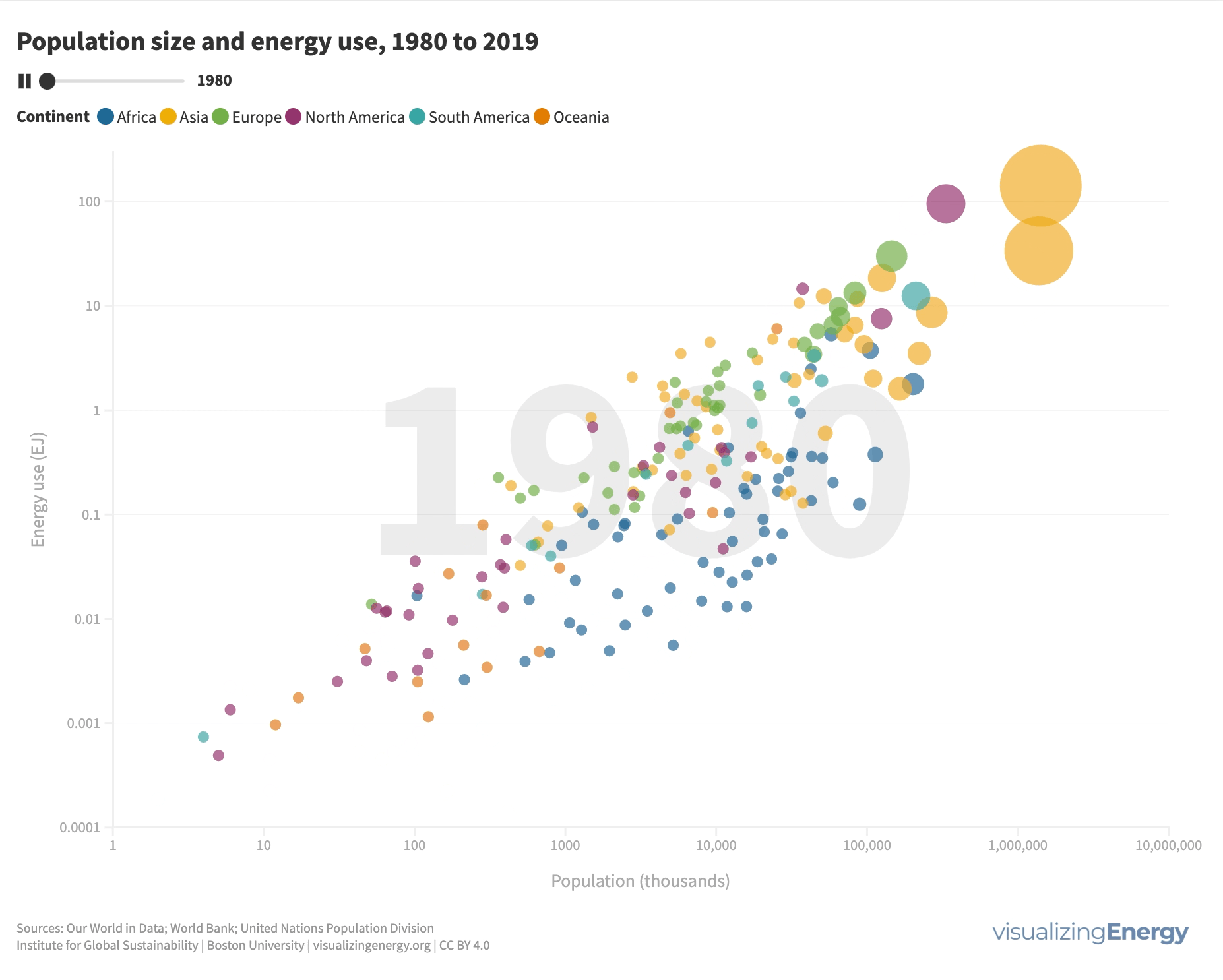
Population growth does impact energy use, but per capita energy consumption varies greatly across countries due to factors like geography, climate, economic structure, policies, and cultural preferences. Countries with small populations can have high energy consumption, while countries with large populations may use less energy.
Can global poverty be eliminated with more energy use?
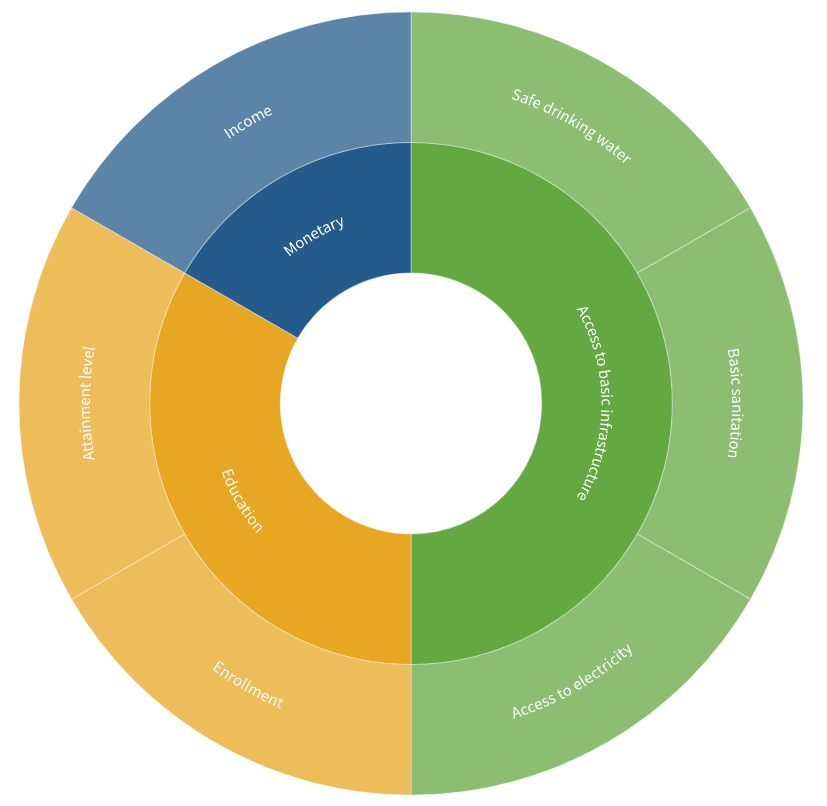
Increased energy use per capita is linked to decreased poverty rates. Modest energy increases can lead to significant poverty reduction, but the relationship is not always linear. Factors like governance and social policies also influence poverty levels. Beyond a certain threshold, further energy increases have diminishing returns.
What is prosperity and how is it related to energy use?
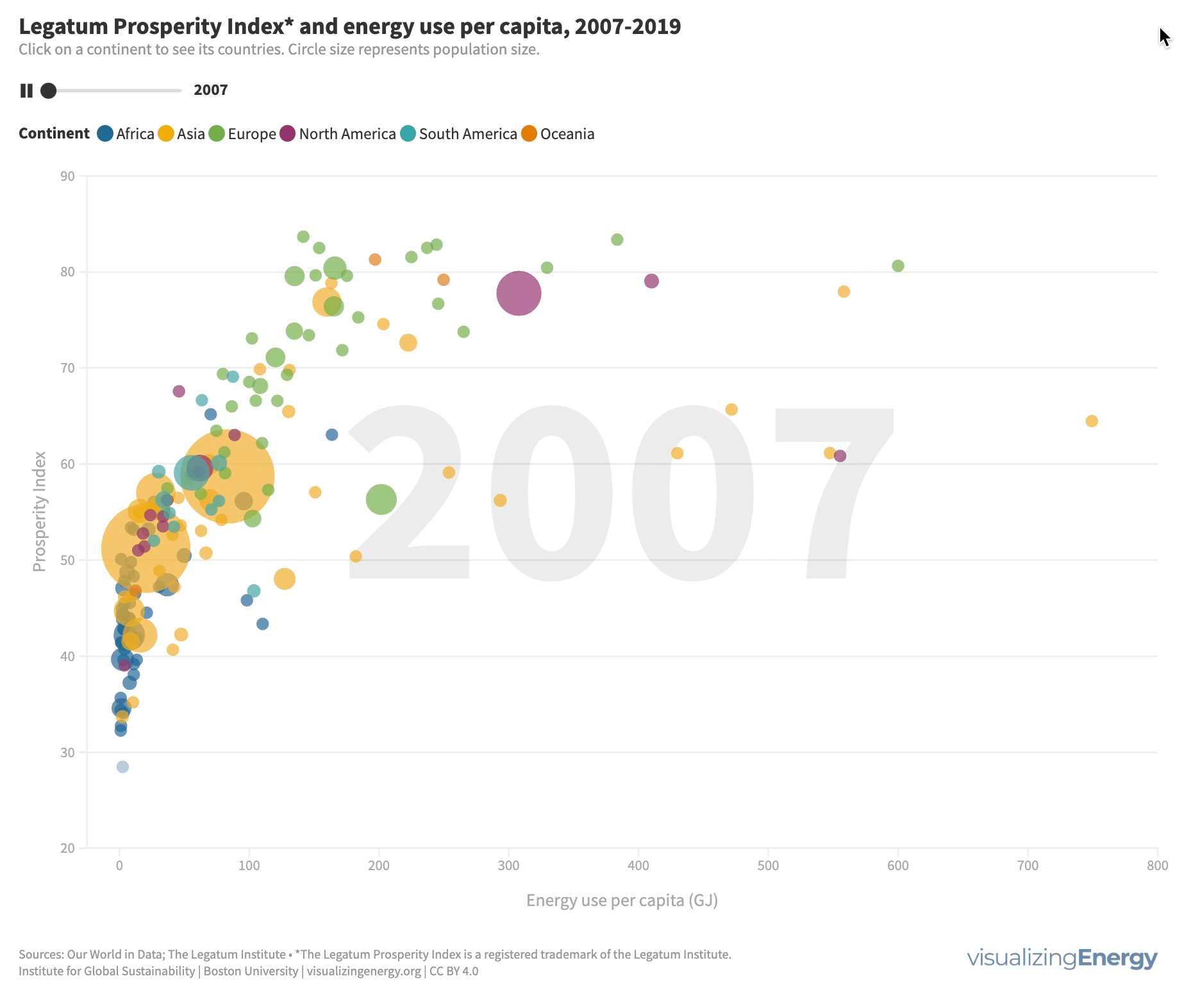
While energy use is connected to prosperity, the relationship is not linear. Different countries achieve varying levels of prosperity at the same energy use per capita, and there are diminishing returns where increased energy use results in smaller improvements in prosperity. High levels of prosperity can be achieved with lower energy consumption.
Does more energy use increase the level of human development?
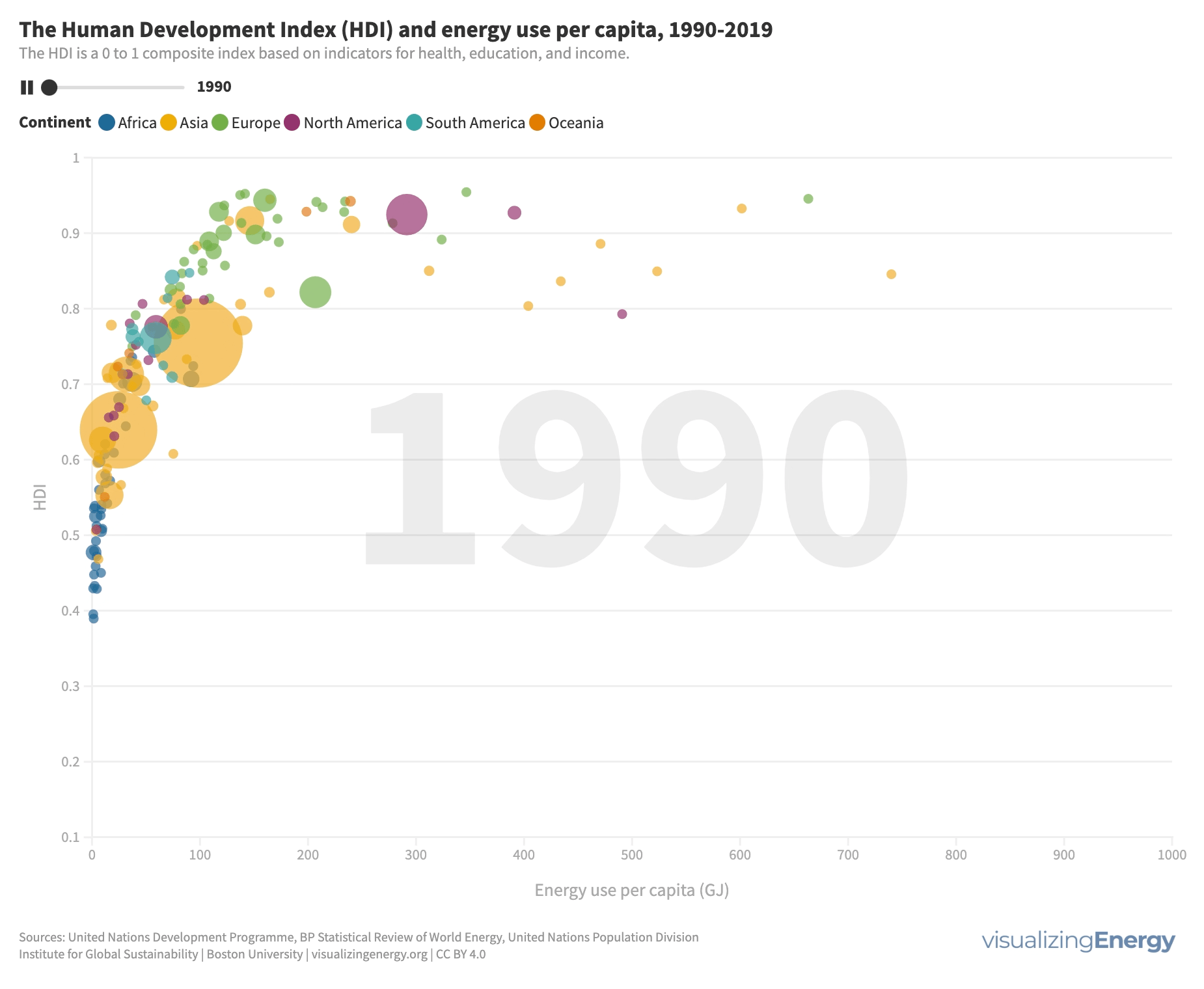
The Human Development Index (HDI) measures overall well-being beyond economic growth, focusing on health, education, and income. Countries with low development levels use less energy, and small energy increases lead to significant HDI improvements. Energy efficiency improvements can be made without compromising quality of life, addressing environmental concerns and promoting equity.
